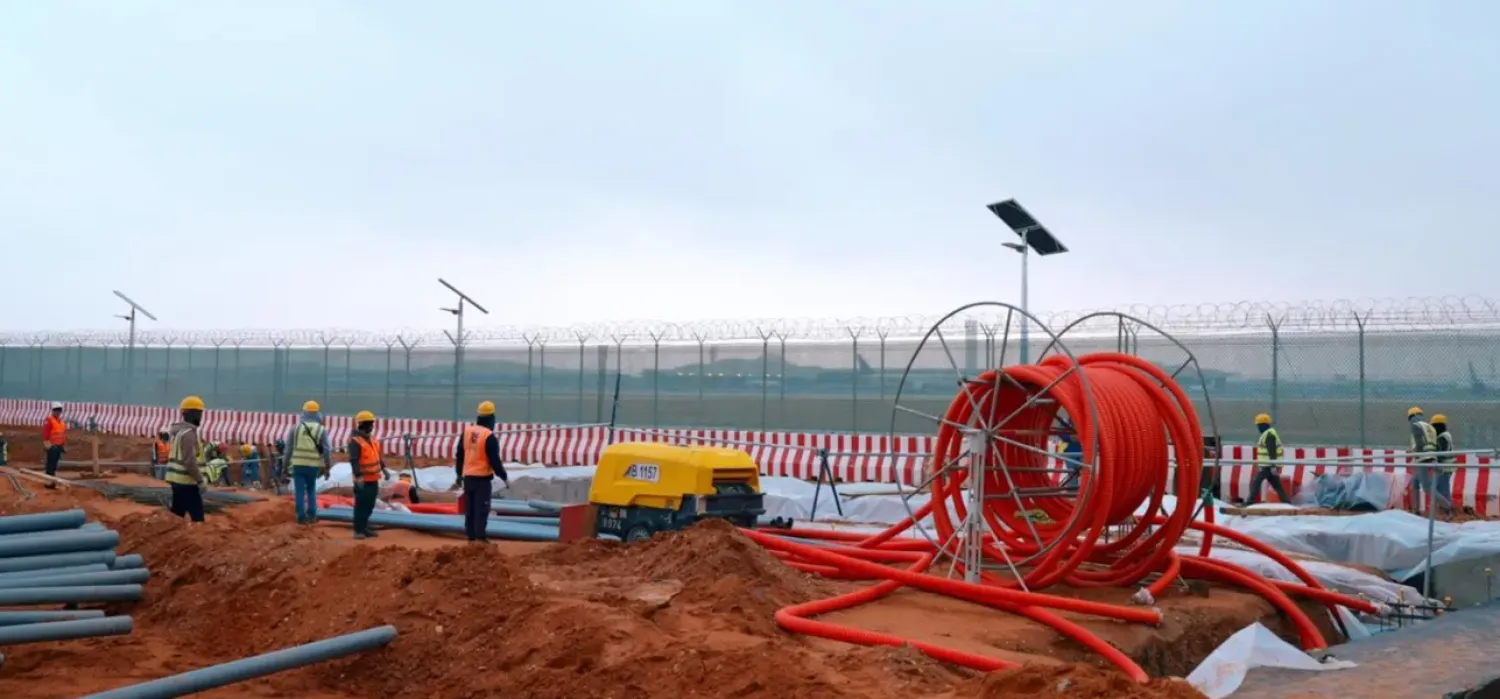OPEC+ agreed on Sunday to extend most of its deep oil output cuts well into 2025, exceeding market expectations, as the group seeks to shore up the market amid tepid demand growth, high interest rates and rising rival US production.
Oil prices trade near $80 per barrel, below what many OPEC+ members need to balance their budget. Worries over slow demand growth in top oil importer China have weighed on prices alongside rising oil stocks in developed economies.
The Organization of the Petroleum Exporting Countries and allies led by Russia, together known as OPEC+, have made a series of deep output cuts since late 2022.
OPEC+ members are currently cutting output by a total of 5.86 million barrels per day (bpd), or about 5.7% of global demand, Reuters reported.
Those include 3.66 million bpd of cuts, which were due to expire at the end of 2024, and voluntary cuts by eight members of 2.2 million bpd, expiring at the end of June 2024.
On Sunday, OPEC+ agreed to extend the cuts of 3.66 million bpd by a year until the end of 2025 and prolong the cuts of 2.2 million bpd by three months until the end of September 2024.
OPEC will spend one year on gradually phasing out cuts of 2.2 million bpd starting from October 2024 until the end of September 2025, three OPEC+ sources said.
"Now the market has clarity for almost 1.5 years," an OPEC+ delegate said, declining to be named.
Amrita Sen, co-founder of Energy Aspects think tank, said: "The deal should allay market fears of OPEC+ adding back barrels at a time when demand concerns are still rife".









